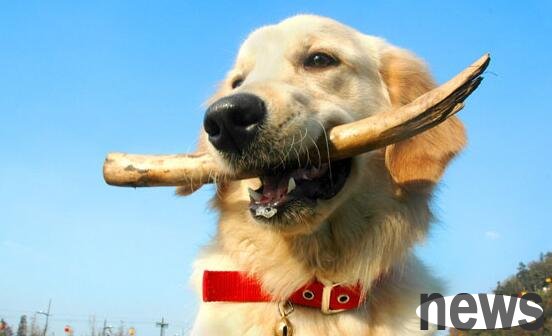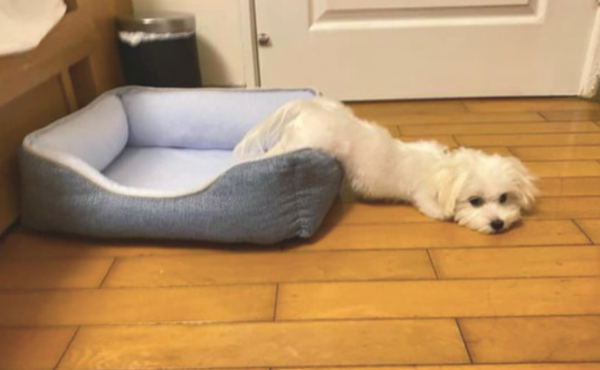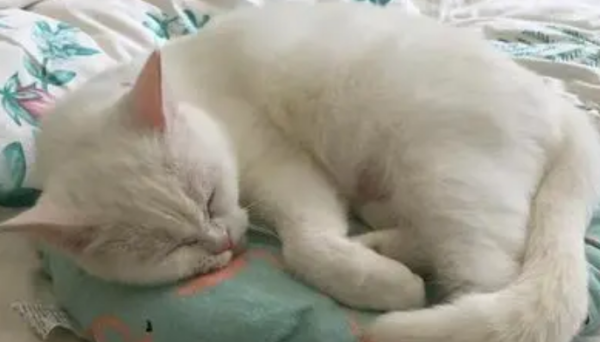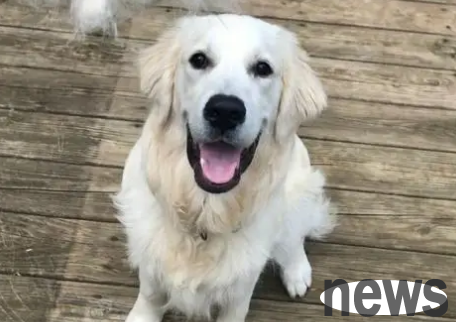What should I do if my dog suffers from anxiety and depression?
Dogs are sociable animals. Their taste, brain, and body all need appropriate stimulation. When they cannot get enough stimulation for a long time, the dog will show irritable behavior. Howling, digging, destroying, jumping, running back and forth quickly, all of which are signs of its irritability. Loneliness and depression are a comprehensive manifestation of multiple behaviors.

1. Behavioral manifestations of anxiety and depression in dogs:
1. Howling: The puppy howled to attract the mother's attention. Similarly, a irritated lonely dog, howling to attract the attention of its owner.
2. Damage: Dogs will destroy, grab wallpaper, bite things in cars, and destroy carpets, clothes and household hemp fabrics. This behavior is more common in untrained and dishonest dogs, especially those who are highly dependent on their owners.
3. Digging: Some dogs digging the ground to bury bones, while some dogs dig holes to lie in. Most dogs do this when they are irritable.
4. Jump: In the garden, a irritable dog may climb onto the fence and look around to pass the time.
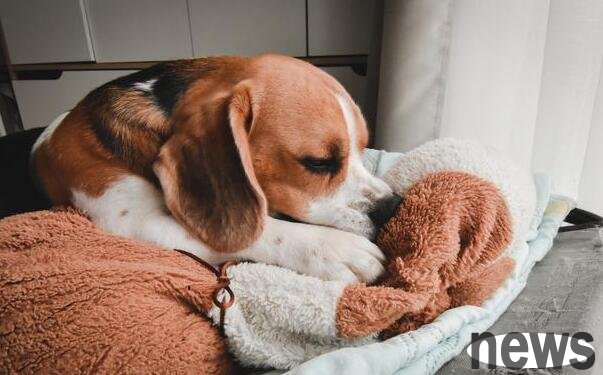
2. Prevention and treatment measures for dogs’ anxiety and depression:
1. You can leave the dog in a room and give it a toy. After a few minutes, return to the room and praise it if it does not show any behaviors such as irritability, screaming, and drawing doors. Repeat this exercise in different rooms and at different times until the dog no longer shows any anxiety when he is alone.
2. Dogs need physical activity, and the best way to reduce irritability is to let them practice every day.
3. Attract the dog's attention and reward it with food occasionally. Used for food stuffing (but count the daily calories the dog needs). You can also give it some food occasionally. Dogs will roll with toys and pour out food. Occasionally, they can give dogs some special rewards.








